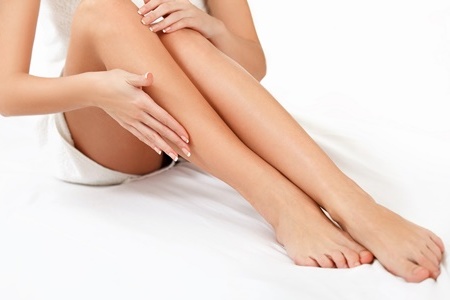
ND Yag Laser
What is ND Yag Laser?
ND Yag laser is a laser epilation application which has U.S Food and Drug Administration (FDA) approval. It can be applied to all types of cilium regardless of thin or thick, with 1064 nm wave length. ND Yag Laser which can be easily preferred in all skin types, also contributes to the skin’s rejuvenation by increasing collagen texture during the application.
What are the Benefits of ND Yag Laser Application?
ND Yag Laser has even effective solutions in tanned skin in the summer times. ND Yag Laser provides effective solutions for dermoid cyst, ingrown hair, varicosis and acne treatment.
What are The Periods and Stages of ND Yag Laser Application?
The most suitable phase of the ciliums for laser beams should be caught for the most effective and permanent results in the laser epilation. This phase is the growth phase of the cilium. Since the growth phase of the ciliums in same area may be different, the application starts with the program planned by the specialist. Session numbers and ranges vary depending on the skin and cilium type and 6-8 sessions are performed on average. The session may take 15-60 minutes depending on the intensity of cilium and width of the area. Session intervals are 1,5 months.
Who Should Avoid From ND Yag Laser Application?
The application cannot be performed to cancer patients, those who have active wound and in areas with herpes. Those who use medicine for acnes and hormonal disorders should inform the specialist. The procedure can be applied to the pregnant women under the doctor control.
What are the Points to Be Considered Before and After the ND Yag Laser Application?
It’s necessary to have not been sunbathed and gone to the solarium before the application. Applications such as liposoluble wax, wax should not be performed. Creams containing glycolic acid should not be rubbed to the area to be treated within the last 20 days. The treated are should not be exposed to hot water for 24 hours after the application. The person should not sunbathe and go to the solarium. The area should be protected from the UV lights and sunscreen creams should be applied. Creams containing glycolic acid should be applied to the treated area for 1 week.
